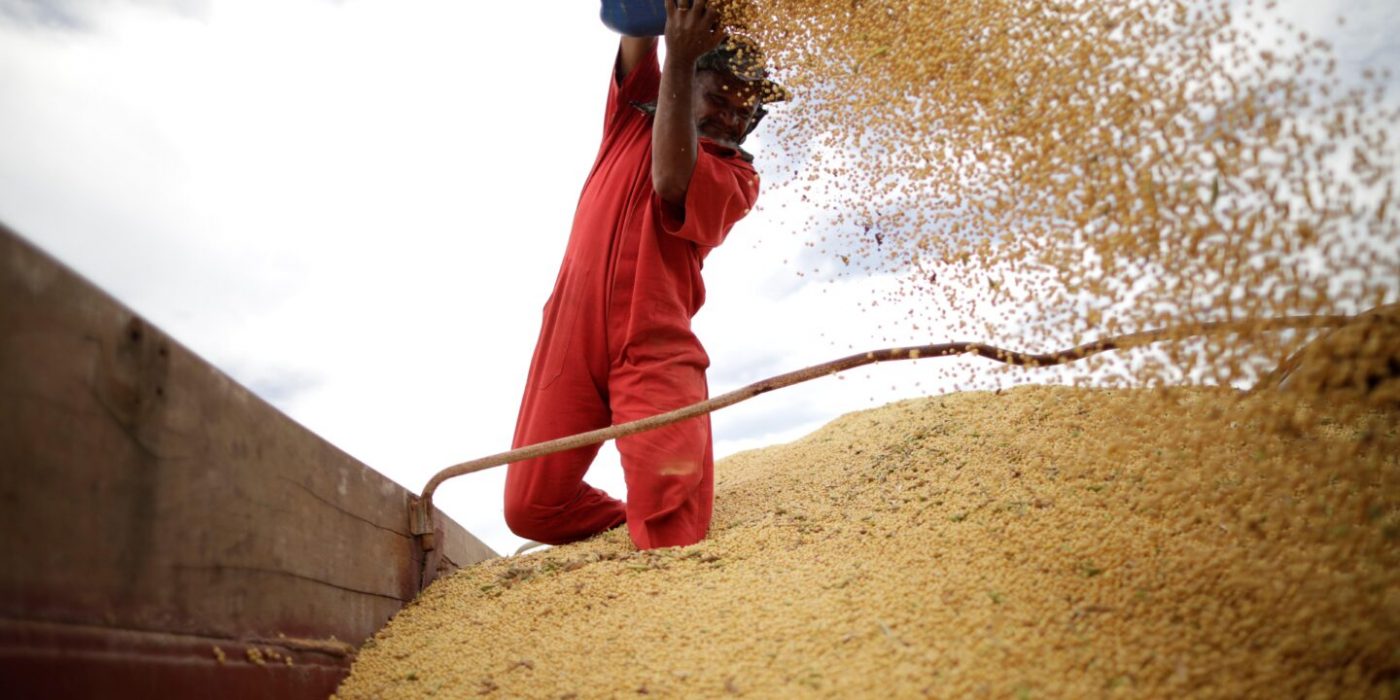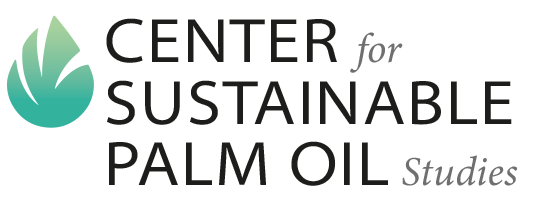
Food and land use systems are responsible for roughly a third of human-driven greenhouse gas emissions, but their need for rapid decarbonisation has not received the same attention from governments as other sectors, such as energy and transportation. However, pledges and statements made at COP26, the UN’s ongoing climate summit, suggest this could soon change.
In the first week of the conference, several significant agreements on action and investment to protect nature and transition to more sustainable approaches to farming were made by governments, including those of Colombia, Costa Rica, Uruguay, Brazil, and Paraguay. Meanwhile, financial institutions announced new funding for sustainable agriculture programmes, and nearly 100 high-profile companies committed to becoming “nature positive” – reversing the decline in biodiversity caused by their operations – by 2030.
Transforming the world’s food and land use systems is necessary to meet countries’ climate objectives. It is also central to achieving the Sustainable Development Goals (SDGs) and ensuring a just and fair transition for all. But efforts around food systems are largely off track, as recently highlighted at the UN Food Systems Summit.
This is especially relevant for many Latin American countries, whose emissions in the land and food sector are higher than the global average. From Argentina to Mexico, countries continue to lose forests to both legal and illegal deforestation, converted for agriculture, and releasing greenhouse gases, damaging soils and destroying other ecosystems that play a key role in cooling the planet.
The climate and nature crisis are two sides of the same coin and we can’t turn things around unless we transform our food system
Prominent voices have therefore made calls to keep discussions of food systems on the menu at COP26. “The climate and nature crisis are two sides of the same coin and we can’t turn things around unless we transform our food system, which is destroying forests and habitats in some of our most fragile landscapes,” said Tanya Steele, chief executive of the World Wildlife Fund (WWF), speaking on a panel at the COP26 summit.
New commitments
In the opening days of COP26, 28 governments – representing 75% of global trade in key commodities that can threaten forests – came together through the Forest, Agriculture and Commodity Trade Dialogue (FACT) to unveil the FACT Roadmap, aiming to deliver sustainable trade. They also intend to reduce pressure on forests, support smallholder farmers and improve transparency of supply chains.
International trade in commodities like palm oil, soy and beef provides significant export revenues for producer countries, and contributes to food security and economic growth in consumer countries. According to the FACT Roadmap, forests alone support 1.6 billion people, who depend on them for jobs and livelihoods.
Simultaneously, a group of 26 governments subscribed to the Policy Action Agenda for the Transition to Sustainable Food and Agriculture. The agenda outlines actions and potential routes countries can take in order to enhance their public policies and support to the food and agriculture sectors, and achieve a just rural transition. These include increasing analysis of previous policies, investing in research, and developing strategies for consultation and more inclusive agriculture.
“Bringing these governments together – from the global south and north – to tackle the issue of commodity production and deforestation head on is a very significant development,” Justin Adams, director of the World Economic Forum’s Tropical Forest Alliance, said of the agreement. He added, however, that “continued dialogue” in the aftermath of the conference will be essential if the agenda is to progress.$10billion
The funding commitment (US$) targeted by 2025 by the IFACC for deforestation-free beef and soy
Eight financial institutions and agribusiness companies also announced a commitment worth US$3 billion, dedicated to supporting soy and cattle production in South America that is free from deforestation and land conversion. The Innovative Finance for the Amazon, Cerrado and Chaco (IFACC) initiative – signed by companies including seed and agricultural tech giant Syngenta and a number of green investment funds based in Brazil and the Netherlands, among others – aims to reach US$10 billion in commitments and US$1 billion in disbursements by 2025, and stimulate shifts towards more sustainable commodity production.
Cattle and soy production are among the biggest drivers of deforestation and conversion of natural vegetation in South America, so increasing investment in models of sustainable production is critical. “Agriculture and forests can play such a critical role in climate change mitigation. But scaling business models which promote sustainability and conservation in the land use sector requires the mobilisation of significant amounts of capital,” said Nick Moss, Director of AGRI3 Fund, a signatory to the initiative.
While representing only a fraction of the finance that will be necessary for a sustainable, just transition in production, the IFACC pledge could complement other efforts such as supply chain and sourcing commitments, traceability and reforms to land-use and trade policies.
Also announced at COP26 was a new US$345 million, seven-year initiative backed by the World Bank and Global Environment Facility. The Food Systems, Land Use and Restoration Impact Program (FOLUR) will launch projects in 27 countries, focusing on the production and value chains of eight key commodities: beef, cocoa, coffee, maize, palm oil, rice, soy, and wheat.
In Latin America, FOLUR will carry out projects specifically in Brazil, Peru, Paraguay and Mexico. With a cross-sectoral approach, the impact programme will repurpose and mobilise financing from public and private actors, aimed at driving sustainable food production at scale to deliver global environmental benefits.
Turning words into action
While the pledges by governments, private sector and financial institutions at COP26 were highly welcomed, climate experts warned that the world’s largest emitters are still showing weak commitments and insufficient actions to reduce emissions and increase carbon sinks in the food and land sector.
An analysis by the Food, Environment, Land and Development (FELD) Action Tracker looked at a first set of fifteen updated or enhanced climate pledges – countries’ nationally determined contributions (NDCs) – and found varying coverage of food and land use transformations. The analysis, which represented over 60% of global emissions and the majority of G20 nations, including its Latin American members Argentina, Brazil and Mexico, alongside Colombia, found some mention in NDCs of goals in these sectors, such as protecting nature and moving towards regenerative agricultural practices. However, few of the NDCs examined went beyond target-setting, with limited detail on actions required or recommended to achieve such targets.
Every country that now talks about net zero has to look seriously at food and land as much as they do at energy and transport
In fact, the analysis showed that only half of the analysed NDCs refer to policies that are “explicitly linked” to actions in the food and land sectors. Meanwhile, just two supplied specific information around the funding of their nations’ transitions toward sustainable food and land systems.
“As documents, many of the NDCs are now quite decent and comprehensive, but when looking at them for focus on action and implementation – as we have to now – then there’s a lot to improve,” said Cecil Haverkamp, a researcher who directed the analysis by the FELD Action Tracker. “Every country that now talks about net zero has to look seriously at food and land as much as they do at energy and transport.”
By Fermín Koop
Original Link: https://dialogochino.net/en/agriculture/cop26-food-systems-in-climate-commitments/


